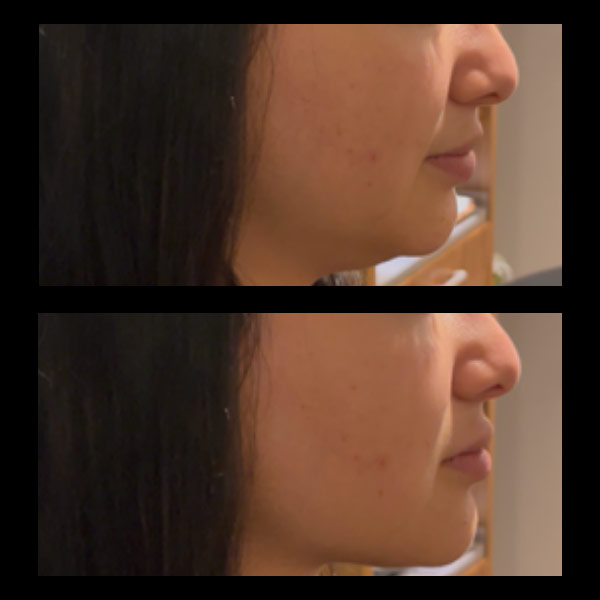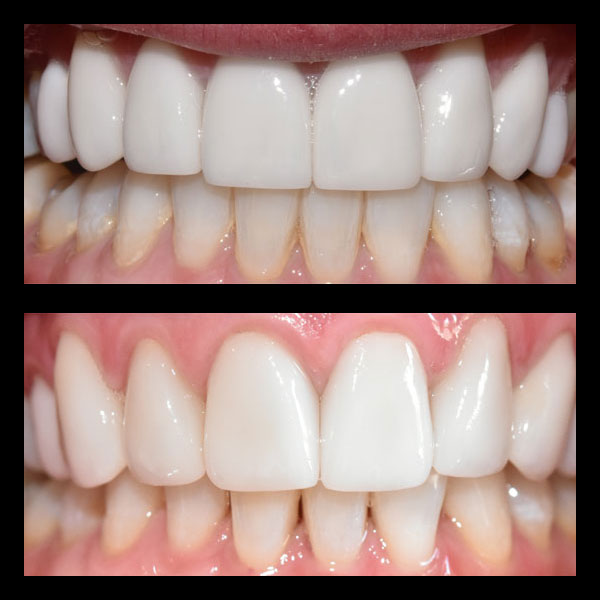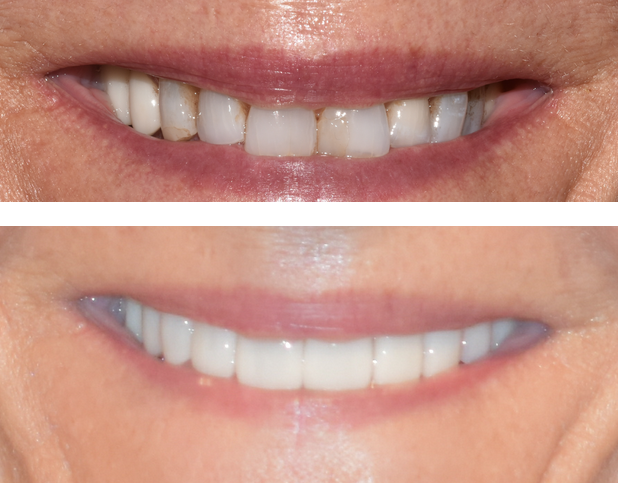Hey everyone! It’s hard to believe we’re already well into 2025. Time flies, doesn’t it? Especially when you’re watching technology evolve at lightning speed. Remember when getting a dental impression meant biting down on that goopy, gag-inducing putty? Yeah, not exactly fond memories for most of us. Thankfully, the dental world has been undergoing its own quiet revolution, embracing digital tools that are making visits faster, comfier, and surprisingly precise. As someone who’s been writing about wellness and healthcare advancements for over a decade, I’ve seen firsthand how technology can transform patient care, and dentistry is no exception. It’s not just about fancy gadgets; it’s about achieving better results with a smoother experience.
Here in Boulder, we’re lucky to have practices like Incredible Smiles that aren’t just keeping up, but actively leading the charge by blending decades of experience with the best of modern tech. It’s this combination of artistry, experience, and innovation that really makes a difference, moving general dentistry far beyond the drill-and-fill days of the past. So, let’s dive into how these digital solutions are changing the game, making dental care – dare I say it? – actually kind of cool.
The Evolution of Digital Dentistry
So, what exactly *is* digital dentistry? At its core, it’s about using computer-based or digital technology to examine, diagnose, and treat dental conditions. Sounds simple, right? But the impact is HUGE. Think about it: we rely on digital tech for everything from navigating Boulder’s streets to ordering groceries. Why should our healthcare be any different? Technological breakthroughs are fundamentally reshaping how dentists approach general care, shifting from traditional methods to workflows that are often more accurate and efficient.
At Incredible Smiles, they’ve integrated some genuinely impressive tools into their daily practice. We’re talking things like 3D cone beam imaging (CBCT), which provides incredibly detailed, three-dimensional views of your teeth, jaw, and surrounding structures – far beyond what a standard 2D X-ray can show. Then there are intraoral digital scanners. These nifty handheld wands capture thousands of images per second to create a precise virtual model of your mouth, completely eliminating the need for those uncomfortable traditional impressions. And let’s not forget lasers! Dental lasers can be used for a variety of procedures, from treating gum disease to preparing teeth for fillings, often with less discomfort and faster healing times. It’s not science fiction; it’s just smart dentistry happening right here in Boulder.
How does this actually help, step-by-step? Well, imagine you need a crown. Instead of biting into goo, the dentist uses the digital scanner. Within minutes, a perfect 3D model of your tooth appears on screen. This digital model is then used to design your crown with pinpoint accuracy. This isn’t just faster; it means a better-fitting restoration from the get-go. For diagnostics, that CBCT scan can reveal issues hidden from standard X-rays, like the exact position of an impacted tooth or the density of bone available for a dental implant. This level of detail allows for meticulous planning, minimizing surprises during treatment.
The benefits really boil down to two key things: vastly improved patient comfort (goodbye gagging!) and incredible treatment precision. When dentists can see more and plan better, the outcomes are naturally more predictable and often longer-lasting. For the tech-oriented folks here in Boulder, knowing your dental team is using the latest, most effective tools provides an extra layer of confidence and trust. It shows a commitment to not just fixing problems, but doing so in the best way possible.
Innovative Diagnostic and Treatment Planning Approaches
Let’s dig a bit deeper into how these digital tools power more innovative diagnostics and treatment plans. That detailed imaging I mentioned? It’s a game-changer. Digital X-rays and, particularly, 3D CBCT scans allow dentists to see things they simply couldn’t before – subtle infections, nerve pathways, bone structure – all in minute detail. This is crucial for accurate diagnosis, catching potential problems earlier and planning treatments more effectively.
Digital scanners work hand-in-hand with this. Those precise 3D models created from the scans become the foundation for planning many procedures. Take Invisalign, for example. The digital scan provides the data needed to create a series of custom aligners that gently shift your teeth into the desired position. The predictability is amazing – you can often even see a simulation of your final smile before you start! For dental implants, combining CBCT data with digital scans allows for virtual implant placement. The dentist can determine the *perfect* spot, angle, and size for the implant, ensuring it integrates optimally with your bone and avoids sensitive structures like nerves. This guided approach makes implant surgery safer and more successful.
Smile makeovers also benefit immensely. Using digital scans and specialized software, dentists can design your new smile virtually, tweaking tooth shapes, sizes, and alignment on screen. This digital blueprint guides procedures like veneers or dental bonding, ensuring the final result matches the plan and your aesthetic goals. You get a preview, ensuring everyone is on the same page before any physical work begins.
What’s really fascinating is how Incredible Smiles integrates these technologies with their expertise in physiologic (neuromuscular) techniques, especially for complex issues like TMJ dysfunction or bite problems. Digital tools can precisely measure jaw movements and muscle activity, providing objective data to diagnose imbalances. This information helps guide treatments aimed at achieving optimal occlusion (how your teeth fit together) and muscle balance, relieving pain and improving function. It’s a sophisticated approach that goes beyond just treating symptoms.
So, the typical digital workflow looks something like this:
- Scan: A quick, comfortable digital scan captures the current state of your mouth.
- Plan: Using specialized software and detailed imaging (like CBCT if needed), the dental team designs the treatment, whether it’s aligning teeth, placing an implant, or crafting a crown.
- Execute: The digital plan guides the actual treatment, from creating aligners or surgical guides to milling precise restorations like crowns or veneers, often right in the office.
This streamlined process minimizes errors, reduces treatment time, and ultimately leads to higher quality results. Efficiency meets excellence.
Enhancing Patient Experience with Digital Innovations
Okay, the tech is impressive, but how does it *feel* as a patient? That’s where digital dentistry truly shines. It’s not just about the clinical outcomes; it significantly enhances the entire patient experience, making visits smoother and more comfortable. This is something Incredible Smiles clearly prioritizes, weaving technology into their patient-centered, almost spa-like environment.
Think about the little things first. Many practices using digital systems offer streamlined online scheduling and communication – handy for busy professionals trying to book an appointment on their phone between meetings. Patient education also gets a boost. Instead of just telling you about a cavity, the dentist can pull up your digital scan or X-ray on a screen and actually *show* you the issue. Seeing the 3D model of your own teeth makes understanding treatment recommendations much easier. It fosters a sense of partnership in your own care.
When it comes to cosmetic procedures – a big focus for many seeking care, especially judging by the interest in services like veneers, bonding, and teeth whitening – digital aesthetics plays a key role. Digital Smile Design, as mentioned earlier, lets you co-create your ideal smile with your dentist. Seeing a realistic simulation of the potential outcome before committing to treatment? That’s incredibly reassuring and builds excitement, not anxiety.
Furthermore, the procedures themselves are often improved. Laser dentistry can mean less drilling, sometimes even eliminating the need for anesthetic for certain treatments. Digital impressions get rid of the goop. Scans are fast and non-invasive. Procedures planned with digital precision often require less chair time. All these factors contribute to a more relaxed, less stressful experience. For people who have dental anxiety (and let’s be honest, that’s quite a few of us!), these improvements can make a world of difference. It aligns perfectly with the goal of creating a calming, patient-focused atmosphere, building trust especially among tech-savvy individuals who appreciate efficiency and modern solutions.
Future Directions: Merging Artistry with Technology in Dental Care
Looking ahead, the integration of digital tools in dentistry is only set to deepen. What might the future hold? We’re already seeing advancements in Artificial Intelligence (AI) assisting with diagnostics, potentially helping dentists spot subtle issues on scans even earlier. Imagine AI flagging areas of concern on a 3D CBCT scan for the dentist to review. 3D printing technology is also evolving rapidly, potentially allowing for even faster in-house creation of restorations, surgical guides, and maybe even custom aligners someday.
However, it’s crucial to remember that technology, no matter how advanced, is still a tool. The true magic happens when these powerful digital capabilities are wielded by skilled, experienced hands. Dentistry, especially cosmetic and restorative work, involves a significant degree of artistry. Achieving a smile that is not only healthy and functional but also aesthetically beautiful requires a keen eye, a deep understanding of facial harmony, and meticulous craftsmanship. That’s where the synergy lies – combining the precision and predictability of digital technology with the artistic touch and clinical judgment of an experienced dentist.
This is precisely the philosophy at Incredible Smiles. They aren’t just adopting technology for technology’s sake. They’re strategically integrating advanced digital diagnostics and tools to enhance their ability to deliver personalized, high-quality care. Their commitment to merging decades of experience, including the neuromuscular expertise of dentists like Dr. Uppal and Dr. Kemmet, with cutting-edge solutions ensures patients receive treatment that is both technically superb and artistically refined.
The adoption of digital tools isn’t a one-time upgrade; it’s an ongoing commitment. As technology evolves, practices like Incredible Smiles continuously evaluate and integrate new innovations that promise real improvements in patient care, comfort, and outcomes. This ensures that patients always benefit from the most effective and efficient approaches available.
So, what are the key takeaways? For us patients, especially those here in Boulder who value both health and technology, understanding the role of digital dentistry helps us appreciate the level of care available. It means looking for practices that embrace these tools not just as gadgets_ but as integral parts of providing better, more comfortable, and more predictable treatments. For dental professionals, the message is clear: embracing digital innovation is essential for staying at the forefront of patient care.
The journey of digital dentistry is exciting, transforming smiles and experiences one scan, one plan, one precise treatment at a time. It perfectly blends the art and science that define modern dental care.
Curious to see how digital dentistry could benefit your smile? Feeling ready to ditch the goop and experience a more comfortable, precise approach to dental care? The team at Incredible Smiles is passionate about integrating these innovations into their practice. Why not reach out and ask how their blend of experience and technology can help you achieve your dental health goals? Let me know your thoughts or experiences with digital dentistry in the comments below – I’d love to hear them!
Frequently Asked Questions
What is digital dentistry?
Digital dentistry involves using computer-based or digital technology to examine, diagnose, and treat dental conditions, offering more accurate and efficient workflows than traditional methods.
What are some examples of digital tools used in dentistry?
Examples include 3D cone beam imaging (CBCT), intraoral digital scanners, and dental lasers, all of which enhance precision and patient comfort by providing detailed imagery and reducing the need for traditional impressions and invasive procedures.
How does digital scanning improve dental procedures like crown placement?
Digital scanning creates a precise 3D model of a tooth, allowing for the accurate design of crowns, which ensures better fitting restorations and reduces the need for traditional impressions.
What are the benefits of digital dentistry for patients?
Patients benefit from improved comfort and precision in procedures, which means less gagging, more accurate treatments, and often quicker recovery times.
How does digital technology enhance patient diagnostics in dentistry?
It enhances diagnostics by providing detailed images through digital X-rays and 3D CBCT scans, allowing dentists to see hidden issues and precisely plan treatments.
What role does digital dentistry play in cosmetic procedures?
Digital dentistry, including Digital Smile Design, allows patients to see simulations of potential outcomes, making aesthetic procedures like veneers more predictable and collaborative.
How is patient experience improved through digital dentistry?
Digital innovations enhance patient experience by making procedures faster and less invasive, improving appointment scheduling, and enabling better patient education through visual explanations.
What future advancements are anticipated in digital dentistry?
Future advancements may include the integration of Artificial Intelligence for diagnostics and further developments in 3D printing technology for creating dental restorations.








